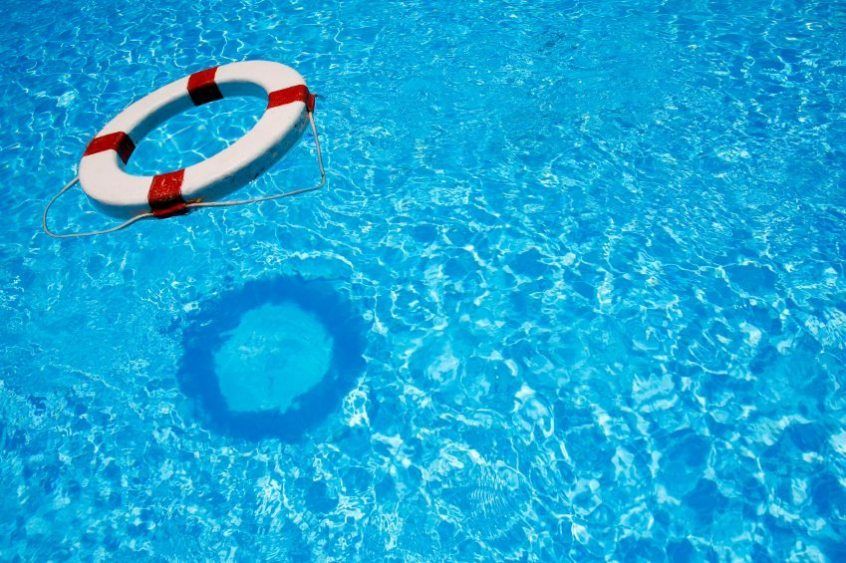Have You Heard of Secondary Drowning?

-
*PHOTO CREDS: THETINYLIFE.COM
Photo By: John DoeButton
In these last summer months, we’ve been hearing about this fatal condition that goes by a few names: Secondary Drowning, DryFloating Lifebealt Drowning, and Parking Lot Drowning. It occurs when someone accidentally inhales water into their lungs.
A news story kept making headlines this summer when a young boy fell into a pool and nearly drowned. He was rescued and recovered quite well, but later that day, he was rushed to the hospital after showing signs of secondary drowning. If his symptoms had gone unnoticed, the young boy would have died.
Secondary drowning may be a rare occurrence, but it is something all parents and pool attendees should be aware of since children, and even adults, play and roughhouse in water all the time.
Why is secondary drowning dangerous?
Secondary drowning is a rare and sometimes fatal medical condition that occurs when water is inhaled into the lungs. While the person affected may appear fine, the water in their lungs can cause swelling and can restrict the lungs’ ability to exchange oxygen to and from the blood causing a drop in oxygen levels. A drop in oxygen levels will reduce the heart rate, cause fatigue, affect brain activity and can eventually lead to death.
What are the symptoms of secondary drowning?
Secondary drowning can be hard to initially diagnose at home because the main symptom of fatigue is a common characteristic that a child may exhibit after a day of fun in the pool. However, if the child is experiencing persistent coughing, chest pain, fever or shortness in breath, it’s important to take them to the hospital right away. These symptoms can appear up to 24 hours after a water accident.
A tip to parents? Keep an eye on your children during and after their pool play time to watch for any instances of water inhalation or symptoms of secondary drowning.
Can secondary drowning be prevented?
While secondary drowning cannot necessarily be prevented, it can be easily treated if it is caught early enough. It’s important to bring the child to a hospital to be diagnosed and administered oxygen. If secondary drowning is left untreated or goes unnoticed it can be fatal.
CONNECT WITH
ADVISORS INSURANCE TODAY!
Get in Touch
864-509-0009
INSURANCE SERVICES:
HOW TO:
CONNECT WITH US:
Newsletter
Thank you for subscribing to the Advisors Insurance Agency Newsletter!
Oops, there was an error sending your message.
Please try again later.
Please try again later.
Monday-Friday | 9am-5pm
6 Parkway Commons Way,
Greer, SC 29650
© 2024 All Rights Reserved | Advisors Insurance Agency






